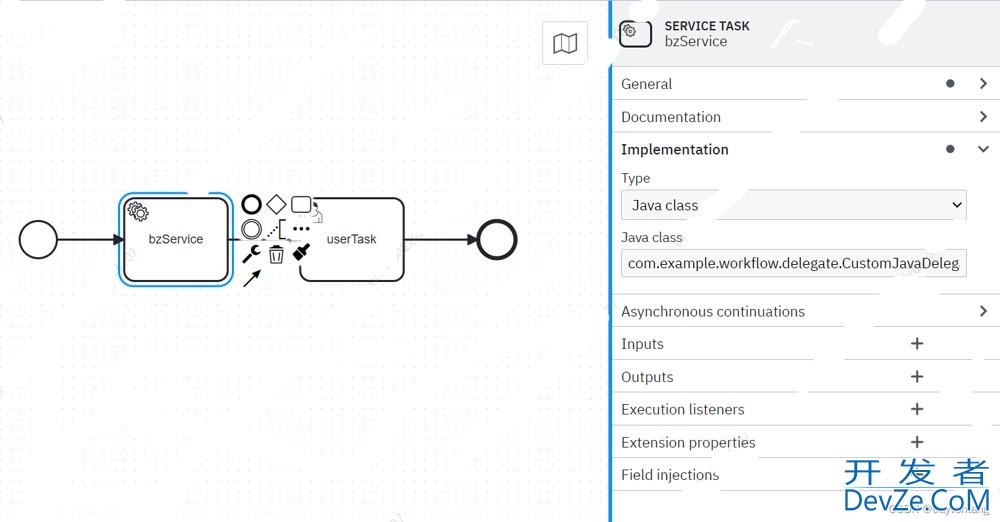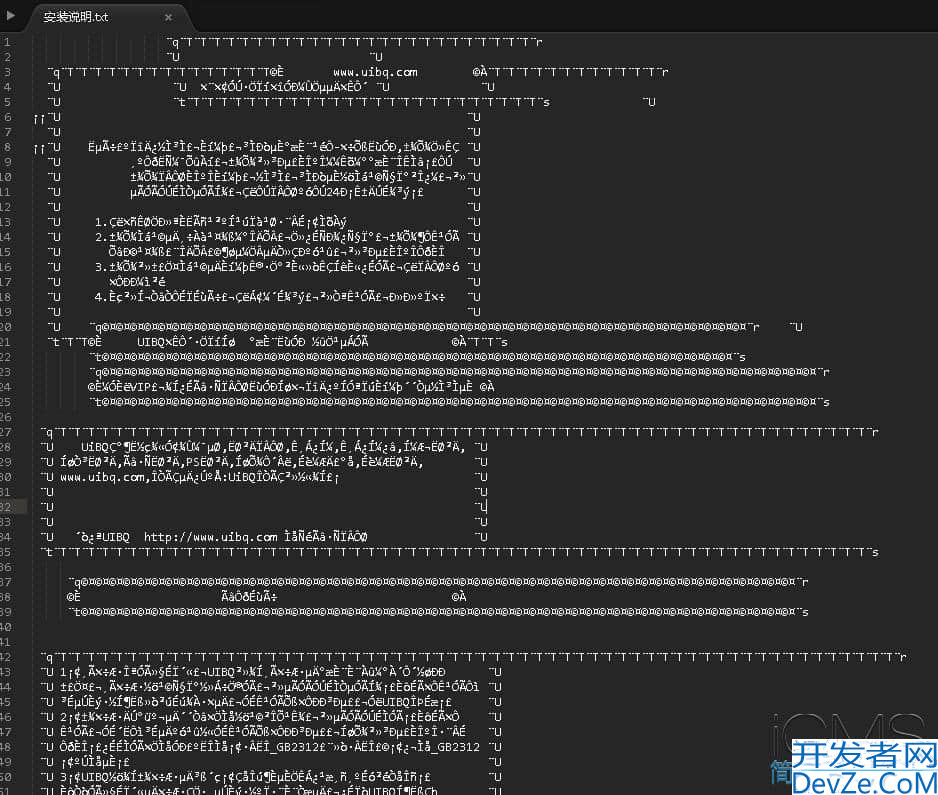C++精准判断/监控文件是否被修改的五种解决方案
目录
- 为什么文件监控如此重要?
- 一、方案一:轻量级的时间戳对比
- 实现原理
- 优点与局限
- 二、方案二:高精度的哈希值校验
- 实现原理
- 优化技巧:分块计算
- 适用场景
- 三、方案三:平衡型的大小+时间组合判断
- 实现原理
- 方案优势
- 四、方案四:实时响应的QFileSystemWatcher
- 实现原理
- 平台注意事项
- 五、方案五:混合型元数据+哈希策略
- 实现原理
- 六、综合对比与选型指南
- 选型建议
- 七、高级技巧与陷阱规避
- 跨平台注意事项
- 性能优化策略
- 可靠性与异常处理
- 灵活选择合理架构
为什么文件监控如此重要?
想象这些场景:
- 编辑器需要自动重载用户修改的配置文件
- 游戏引擎需要实时更新修改的纹理资源
- 数据分析工具需要处理持续写入的日志文件
- 自动化构建系统需要检测源代码变更
在这些场景中,高效准确地判断文件是否更改至关重要。下面让我们深入探讨Qt/C++中5种实用的文件监控方案。
一、方案一:轻量级的时间戳对比
实现原理
通过比较文件最后修改时间来判断是否更改
#include <QFileInfo>
#include <QDateTime>
bool isFileModified(const QString& filePath, QDateTime& lastModified) {
QFileInfo fileInfo(filePath);
if(!fileInfo.exists()) return false;
QDateTime currentModified = fileInfo.lastModified();
if(currentModified != lastModified) {
lastModified = currentModified;
return true;
}
return false;
}
// 使用示例
QString configPath = "settings.conf";
QDateTime lastCheckTime = QFileInfo(configPath).lastModified();
// 定期检查
if(isFileModified(configPath, lastCheckTime)) {
qDebug() << "配置文件已更新,重新加载...";
loadConfig(configPath);
}
优点与局限
优势:
- 超低开销,仅读取文件元数据
- 实现简单,几行代码即可完成
- 适用于高频检查场景
局限:
- FAT32等文件系统精度仅到秒级
- 系统时间调整可能导致误判
- 内容被覆盖但时间戳未变时失效
二、方案二:高精度的哈希值校验
实现原理
通过计算文件内容的哈希值进行精确比较
#include <QCryptographicHash>
#include <QFile>
QByteArray calculateFileHash(const QString& filePath) {
QFile file(filePath);
if(!file.open(QIODevice::ReadOnly)) {
return QByteArray();
}
QCryptographicHash hash(QCryptographicHash::Sha256);
if(hash.addData(&file)) {
return hash.result();
}
return QByteArray();
}
// 使用示例
QString dataFile = "dataset.bin";
QByteArray lastHash = calculateFileHash(dataFile);
// 重要操作前校验
QByteArray currentHash = calculateFileHash(dataFile);
if(currentHash != lastHash) {
qWarning() << "数据文件已被篡改!操作终止。";
return;
}
processData(dataFile);
优化技巧:分块计算
QByteArray calculateLargeFileHash(const QString& filePath) {
QFile file(filePath);
if(!file.open(QIODevice::ReadOnly)) return QByteArray();
QCryptographicHash hash(QCryptographicHash::Sha256);
const qint64 bufferSize = 1024 * 1024; // 1MB缓冲区
QByteArray buffer(bufferSize, 0);
while(!file.atEnd()) {
qint64 bytesRead = file.read(buffer.data(), bufferSize);
hash.addData(buffer.constData(), bytesRead);
}
return hash.result();
}
适用场景
最佳实践:
- 安全敏感场景(证书、密钥校验)
- 数据完整性要求高的系统
- 需要100%准确判断内容变更
三、方案三:平衡型的大小+时间组合判断
实现原理
结合文件大小和修改时间双重校验
bool isFileChanged(const QString& filePath,
QDateTime& lastModified,
qint64& lastSize) {
QFileInfo info(filePath);
if(!info.exists()) return false;
QDateTime currentModified = info.lastModified();
qint64 currentSize = info.size();
if(currentModified != lastModified || currentSize != lastSize) {
lastModified = currentModified;
lastSize = currentSize;
return true;
}
return false;
}
// 使用示例 - 日志监控
QString logPath = "application.log";
QDateTime logTime;
qint64 logSize = 0;
// 初始化
QFileInfo(logPath).lastModified();
logSize = QFileInfo(logPath).size();
// 定时检查
if(isFileChanged(logPath, logTime, logSize)) {
qDebug() << "发现新日志内容,开始分析...";
analyzeNewLogEntries(logPath);
}
方案优势
- 比单独时间戳更可靠
- 比哈希计算更高效
- 适合监控文本日志等追加写入场景
四、方案四:实时响应的QFileSystemWatcher
实现原理
使用Qt内置的文件系统监控组件
#include <QFileSystemWatcher>
#include <QDebug>
class FileMonitor : public QObject {
Q_OBJECT
public:
explicit FileMonitor(QObject *parent = nullptr)
: QObject(parent) {
connect(&watcher, &QFileSystemWatcher::fileChanged,
this, &FileMonitor::onFileChanged);
}
void addFile(const QString& path) {
watcher.addPath(path);
monitoredFiles.insert(path);
}
signals:
void fileModified(const QString& path);
private slots:
void onFileChanged(const QString &path) {
qDebug() << "文件变更:" << path;
// 处理linux系统inotify的不足
if(!QFile::exists(path)) {
qDebug() << "文件可能被删除或移动";
} else {
// 重新添加监控(部分系统在修改后会移除监控)
watcher.addPath(path);
emit fileModified(path);
}
}
private:
QFileSystemWatcher watcher;
QSandroidet<QString> monitoredFiles;
};
// 使用示例
FileMonitor monitor;
monitor.addFile("important_data.json");
QObject::connect(&monitor, &FileMonitor::fileModified, [](const QString& path){
qDebug() << "实时加载更新文件:" << path;
loadData(path);
});
平台注意事项
| 平台 | 底层机制 | 特点 |
|---|---|---|
| Windows | ReadDirectoryChangesW | 可靠性高,支持长路径 |
| Linux | inotify | 高效但监控数量有限制 |
| MACOS | FSEvents API | 性能优秀,支持目录树监控 |
五、方案五:混合型元数据+哈希策略
实现原理
分层校验策略,兼顾性能和准确性
clRrDayiBass FileChangeDetector {
public:
FileChangeDetector(const QString& path)
: filePath(path) {
QFileInfo info(filePath);
lastModified = info.lastModified();
lastSize = info.size();
lastHash = calculateQuickHash();
}
bool checkChanged() {
QFileInfo info(filePath);
if(!info.exists()) return false;
// 第一层:元数据检查
if(info.lastModified() != lastModified ||
info.size() != lastSize) {
// 第二层:快速哈希校验
QByteArray currentQuickHash = calculateQuickHash();
if(currentQuickHash != lastHash) {
updateState(info, currentQuickHash);
return true;
}
}
return false;
}
private:
QByteArray calculateQuickHash() {
QFile file(filePath);
if(!file.open(QIODevice::ReadOnly)) return QByteArray();
// 仅计算文件头部哈希,提升性能
const qint64 sampleSize = 1024; // 1KB
QByteArray header = file.read(sampleSize);
return QCryptographicHash::hash(header,
QCryptographicHash::Sha256);
}
void updateState(const QFileInfo& info,
const QByteArray& hash) {
lastModified = info.lastModified();
lastSize = info.size();
lastHash = hash;
}
QString filePath;
QDateTime lastModified;
qint64 lastSize;
QByteArray lastHash;
};
// 使用示例
FileChangeDetector detector("user_data.db");
if(detector.checkChanged()) {
qDebug() << "数据库文件已变更,执行备份操作";
backupDatabase();
}
六、综合对比与选型指南
| 方案 | 准确性 | 性能 | 实时性 | 适用场景 |
|---|---|---|---|---|
| 时间戳对比 | ★★☆ | ★★★ | 轮询 | 低频修改的配置文件监控 |
| 哈希值对比 | ★★★ | ★☆☆ | 轮询 | 安全关键文件的完整性校验 |
| 大小+时间戳 | ★★☆ | ★★☆ | 轮询 | 日志文件追加监控 |
| QFileSystemWatcher | ★★★ | ★★★ | 实时 | 编辑器/IDE文件变更检测 |
| 元数据+哈希 | ★★★ | ★★☆ | 轮询 | 大型资源文件的版本管理 |
选型建议
轻量级监控
- 配置项监控 → 时间戳对比
- 日志文件追加 → 大小+时间戳
实时响应系统
- IDE文件变更 → QFileSystemWatcher
- 热重载系统 → QFileSystemWatcher+回退检查
高准确性需求
- 安全校验 → 全文件哈希
- 数据备份 → 元数据+快速哈希
大型文件处理
- 视频/资源文件 → 元数据+分块哈希
- 数据库文件 → 混合策略
七、高级技巧与陷阱规避
跨平台注意事项
// Windows长路径支持
QString winPath = R"(\\?\C:\very\long\path\file.txt)";
// Linux inotify限制检查
int maxUserWatches = QFile("/proc/sys/fs/inotify/max_user_watches")
.readAll().toInt();
if(watchedFiles.count() > maxUserWatches * 0.8) {
qWarning() << "接近inotify监控上限,考虑优化监控策略";
}
性能优化策略
// 定时轮询优化 - QTimer节流
QTimer checkTimer;
checkThttp://www.devze.comimer.setInterval(1000); // 1秒间隔
QObject::connect(&checkTimer, &QTimer::timeout, []{
checkFiles();
});
checkTimer.start();
// 文件分组检查 - 避免高频IO
QThreadPool::globalInstance()->start([]{
fo编程客栈r(const auto& group : fileGroups) {
python checkFileGroup(group);
}
});
可靠性与异常处理
// 处理文件被删除的情况
if(!QFileInfo::exists(filePath)) {
if(watcher.files().contains(filePath)) {
watcher.removePath(filePath);
}
qDebug() << "监控文件已被删除:" << filePath;
return;
}
// 处理文件锁定情况
QFile file(filePath);
if(!file.open(QIODevice::ReadOnly)) {
if(file.error() == QFile::ResourceError) {
qDebug() << "文件被其他进程锁定,稍后重试";
QTimer::singleShot(500, [=]{ checkFileLater(filePath); });
}
return;
}
灵活选择合理架构
在Qt/C++开发中,文件监控不是"一刀切"的解决方案。理解每种方法的优缺点,结合具体场景:
- 对于高频小文件,优先考虑
QFileSystemWatcher - 对于大型资源文件,推荐使用混合策略
- 对于安全敏感数据,必须使用哈希校验
- 对于日志类文件,简单的大小+时间戳足矣
以上就是C++精准判断文件是否被修改的五种解决方案的详细内容,更多关于C++判断文件是否被修改的资料请关注编程客栈(www.devze.com)其它相关文章!







 加载中,请稍侯......
加载中,请稍侯......
精彩评论